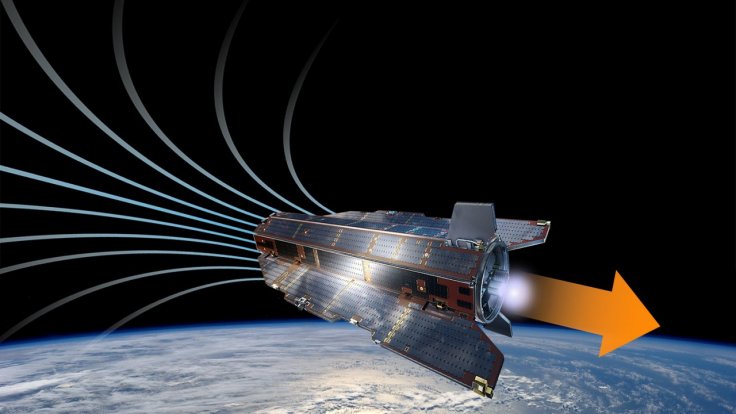
As aerospace companies like SpaceX and Oneweb are gearing up to launch more satellites into earth's low orbit in the near future, NASA has warned about the possible risks posed by these mega constellations of satellites. The United States space agency believes that private aerospace companies should take down their satellites soon after they complete the mission to avoid the risk of catastrophic and cascading satellite collisions.
Aerospace industry's growth creates space pollution
As per current statistics, there are more than 4000 spacecraft in earth's orbit, and out of them, only 1800 are operational. Recently, SpaceX has filed applications with the Federal Communications Commission to launch 12,000 internet beaming satellites, while European firm Oneweb has recently received approval to launch 720 satellites. In addition, Oneweb recently requested permission to launch 1620 more probes.
If these launches become successful, the number of space debris in earth's low orbit will quadruple, and NASA seems worried about these developments. In a study report published in NASA's journal 'Orbital Debris', the space agency talks about the potential impacts of such a crowded environment. The study report also talks about the vitality of taking down satellites out of their orbit once they complete the mission.
As per the research team, nearly 99 percent of the satellites that have completed their lifespan in the space should be taken down to prevent collisions that could happen due to the rise in satellite launches over the next few centuries.
"Because of the number of spacecraft involved in large constellations, these companies need to pay attention to certain areas to make sure they do not pollute the near-Earth space environment with significant orbital debris," said Jer-Chyi Liou, a scientist at the NASA who led the study, the Verge reports.
Tiangong-1 raises many questions
Even though most space debris burns up in the atmosphere, larger objects may reach the ground intact. The memories of Skylab debris fall and the recent reentry of Chinese laboratory Tiangong-1 raises many questions when it comes about space debris management.
The drastic rise of space debris in earth's low orbit could also pose risks to manned spacecraft, International Space Station and various other missions.









